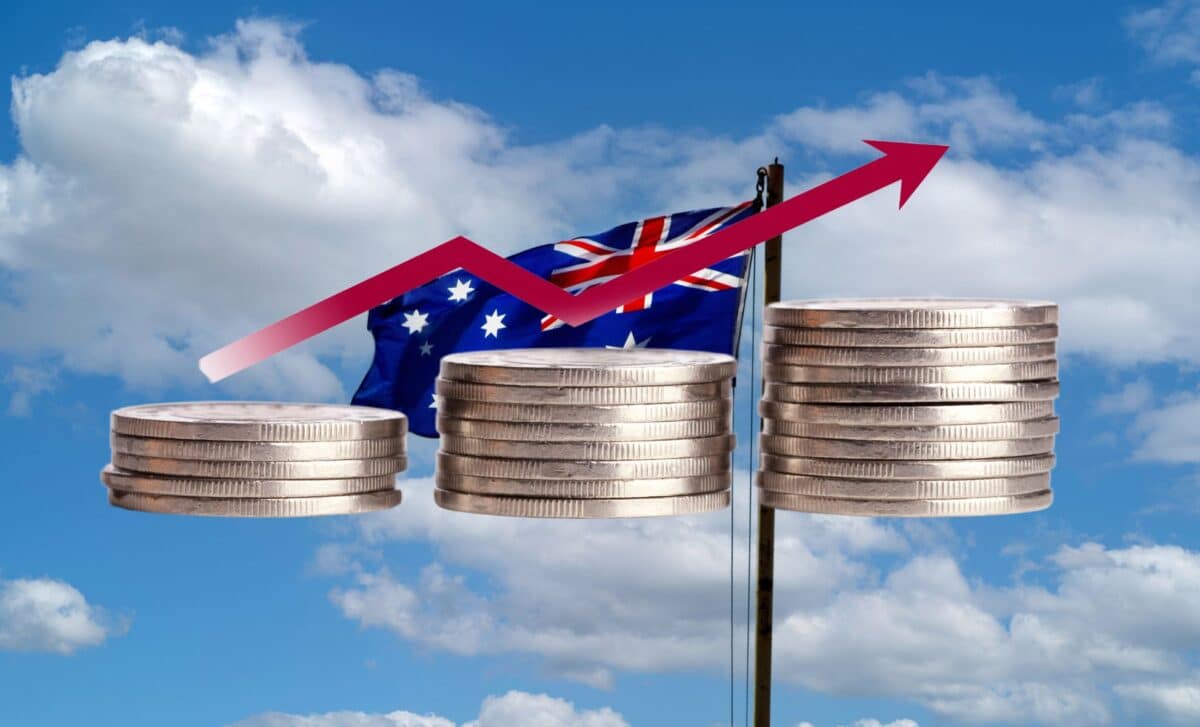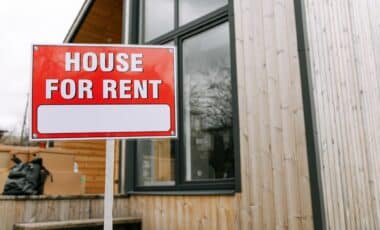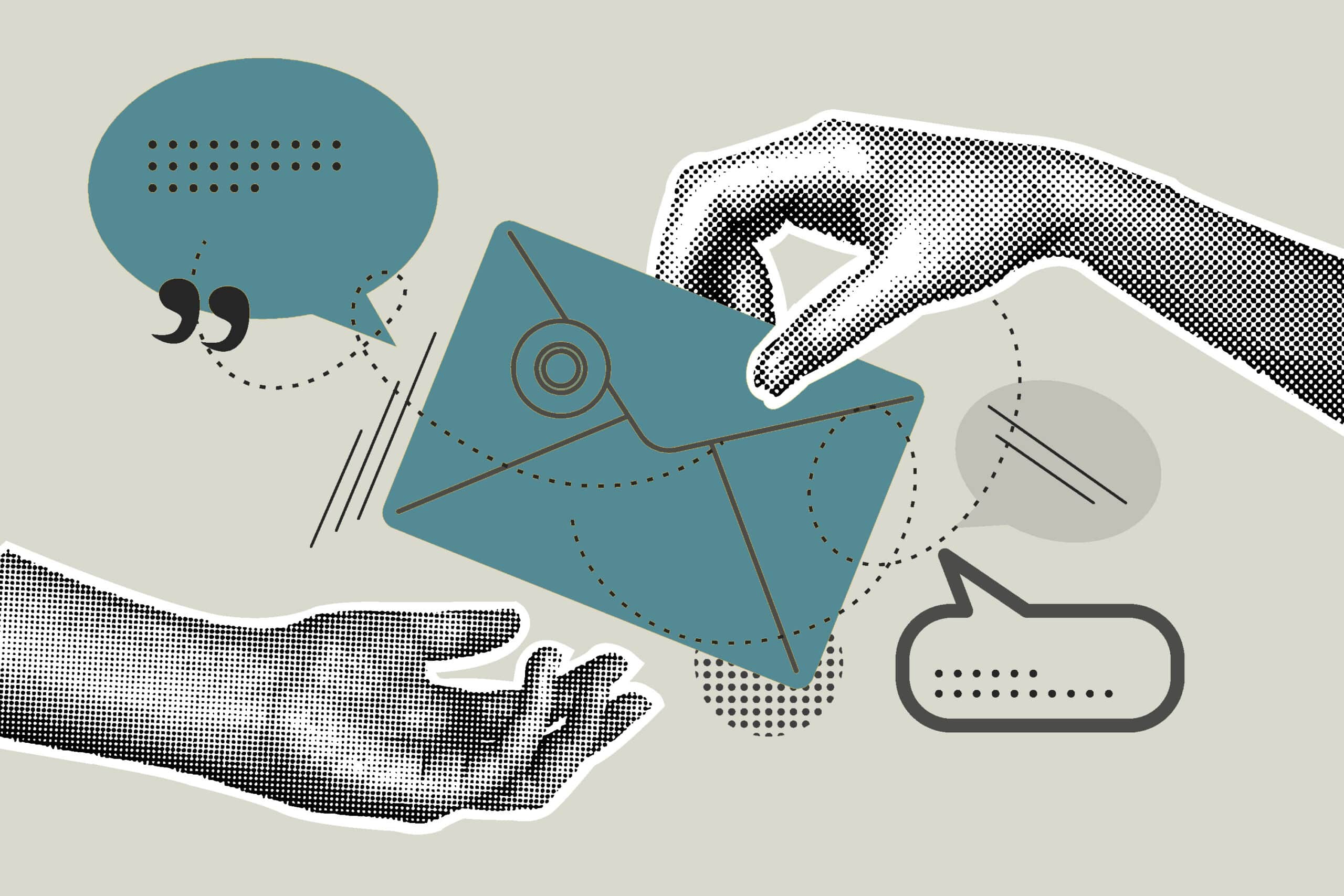Australia’s disinflationary progress has slowed, with underlying inflation ticking up slightly in January. However, there are encouraging signs in the housing sector, as rental and construction costs continue to decelerate.
The Australian Bureau of Statistics (ABS) reported a 0.1 percentage point rise in the trimmed mean inflation rate to 2.8% for the month. This comes amid broader economic shifts, with easing pressures on rental and housing costs offering some relief to households.
The Reserve Bank of Australia (RBA) has signalled cautious optimism, though monetary policy adjustments remain uncertain.
Housing Costs Continue to Slow
While inflation saw a modest uptick, housing affordability pressures are showing signs of easing. Rental price growth slowed to 0.3% in January, significantly lower than the 0.7% rate recorded a year earlier, according to the ABS. Additionally, new dwelling price growth fell to 2% annually, its lowest level since June 2021.
The slowdown in housing costs is a crucial factor in broader inflationary trends. National Australia Bank (NAB) economists believe that the inflation data supports their forecast that underlying inflation will remain at 2.8% annually when the more influential quarterly figures are released in April.
This trajectory, they suggest, strengthens the case for a potential interest rate cut by the RBA in May. Despite this, policymakers remain cautious. RBA Governor Michele Bullock has warned that inflation pressures persist and that further rate cuts will depend on continued evidence of sustainable disinflation.
The central bank earlier this month reduced the cash rate to 4.1%, marking its first rate cut in over four years.
Headline Inflation Steadies Amid Economic Shifts
The headline inflation rate remained at 2.5% in January, maintaining its position at the midpoint of the RBA’s target range. This follows two consecutive increases in the Consumer Price Index (CPI) after it hit a low of 2.1% in September and October 2024.
According to ABS head of prices statistics Michelle Marquardt, the primary contributors to inflation were food and non-alcoholic beverages, housing, and alcohol and tobacco. Some analysts had expected a slight increase in CPI to 2.6%, factoring in the reduced impact of electricity rebates in Queensland.
Marquardt noted that the effect of these rebates had weakened as more households had exhausted their allocated support.
Treasurer Jim Chalmers welcomed the data, describing it as evidence of “substantial and sustained progress” in curbing inflation. He highlighted that headline inflation has remained below 3% for six consecutive months, the longest such streak in nearly four years.
However, Shadow Treasurer Angus Taylor argued that Australians are still struggling with the cost of living. He called for stronger economic management, stating that the government’s policies have not done enough to ease financial pressures on households.









